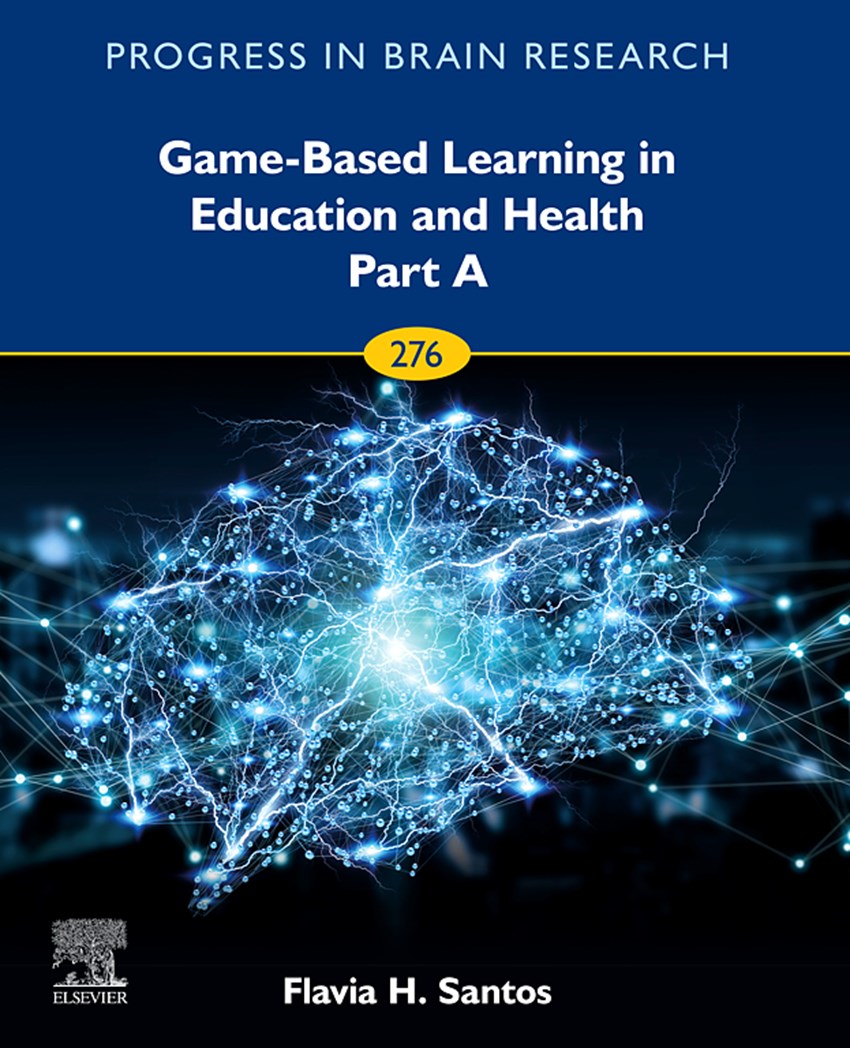Matthew Sacchet, principal investigator of project 99/20 - Beyond "mindfulness" and toward a modern science of meditative mastery and spiritual transformation, supported by the BIAL Foundation, studied the total absence of consciousness during meditation achieved by some advanced practitioners. Besides the absence of any time experience or tiredness, practitioners also report a sudden sense of clarity, openness, and possibly insights after emerging from meditation-induced cessations of consciousness. Preliminary data indicate that this state is characterized by attenuated alpha-synchronization in comparison to awake and nap states. Similar desynchronization of alpha has been found with ketamine and propofol induced states of unconsciousness. More information is available in the paper Cessations of consciousness in meditation: Advancing a scientific understanding of nirodha samāpatti published in the journal Progress in Brain Research.
ABSTRACT
Absence of consciousness can occur due to a concussion, anesthetization, intoxication, epileptic seizure, or other fainting/syncope episode caused by lack of blood flow to the brain. However, some meditation practitioners also report that it is possible to undergo a total absence of consciousness during meditation, lasting up to 7 days, and that these “cessations” can be consistently induced. One form of extended cessation (i.e., nirodha samāpatti) is thought to be different from sleep because practitioners are said to be completely impervious to external stimulation. That is, they cannot be 'woken up' from the cessation state as one might be from a dream. Cessations are also associated with the absence of any time experience or tiredness, and are said to involve a stiff rather than a relaxed body. Emergence from meditation-induced cessations is said to have profound effects on subsequent cognition and experience (e.g., resulting in a sudden sense of clarity, openness, and possibly insights). In this paper, we briefly outline the historical context for cessation events, present preliminary data from two labs, set a research agenda for their study, and provide an initial framework for understanding what meditation induced cessation may reveal about the mind and brain. We conclude by integrating these so-called nirodha and nirodha samāpatti experiences—as they are known in classical Buddhism—into current cognitive-neurocomputational and active inference frameworks of meditation.



































































